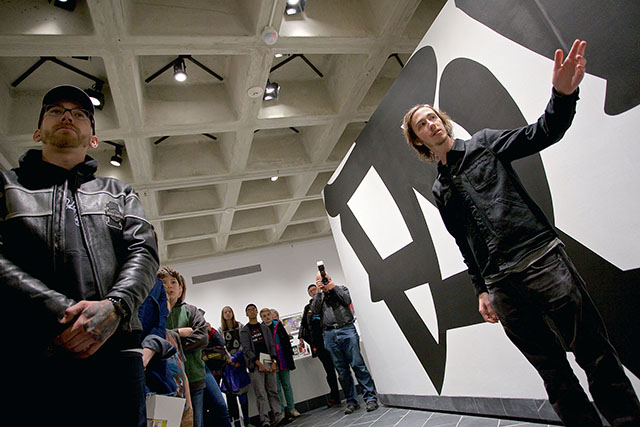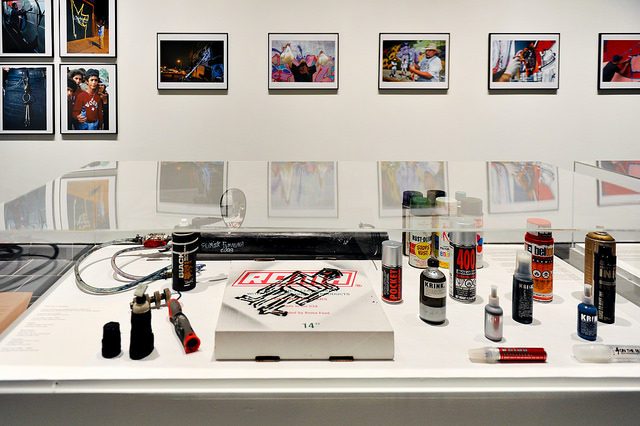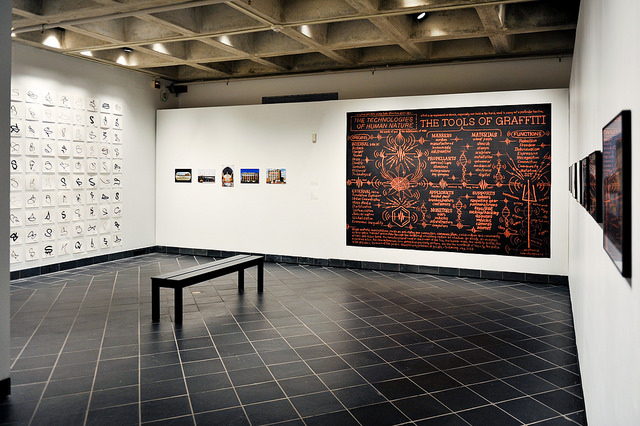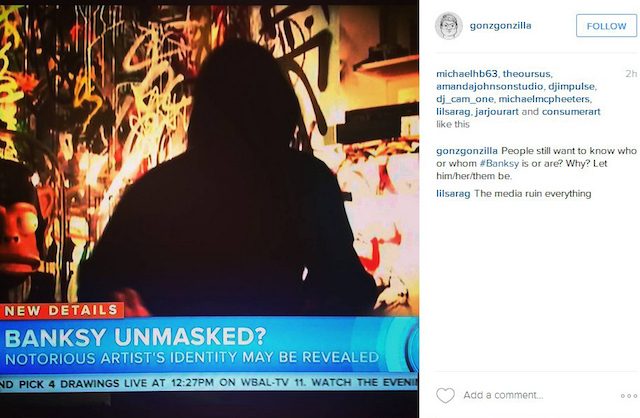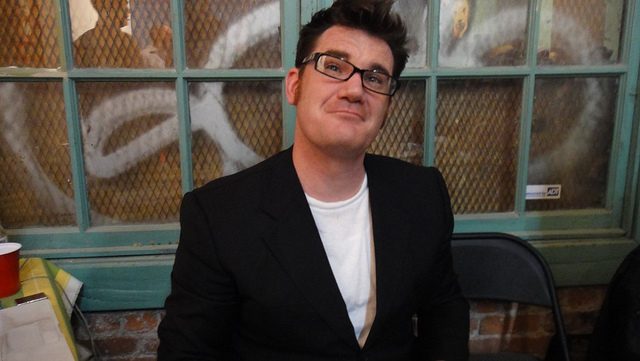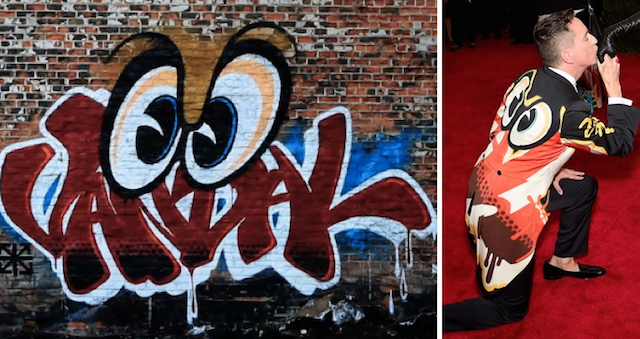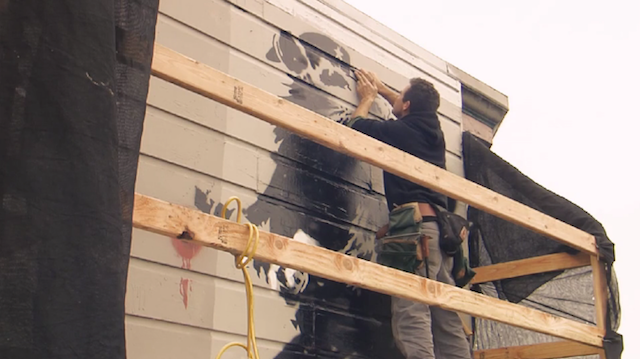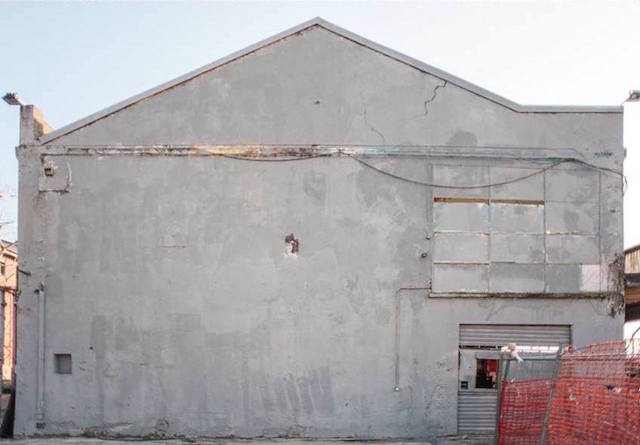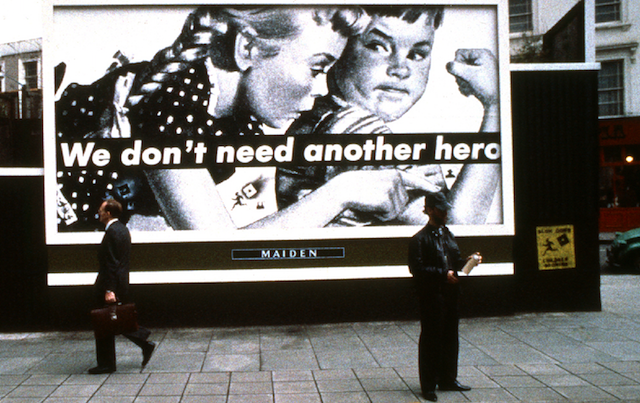
UPDATE (April 23rd, 2017): A group of artists whose work was used in this campaign without their permission is now threatening legal action against McDonald’s.
Many artists are feeling betrayed this week, as they realize that their art has been used without their permission in a McDonald’s advertisement, apparently thanks to the cooperation of The Bushwick Collective‘s Joe Ficalora.
As first noted by Brooklyn Street Art, McDonald’s new ad campaign for the “New York Bagel Supreme” (a burger/bagel hybrid launching in the Netherlands) centers on “the vibe of Bushwick.” They got that local flavor from The Bushwick Collective, one of New York’s more well-known mural projects. A cornerstone of the campaign is a 4-minute advertisement (UPDATE: McDonald’s appears to have taken the advertisement offline, but we’ve uploaded a copy to Facebook) with Bushwick Collective founder Joe Ficalora giving a tour to highlight his project’s collection of murals. Except… At least two of the murals in the ad aren’t even Bushwick Collective murals (despite what is implied) and at least five artists whose work is featured did not give their permission for McDonald’s to use their work.
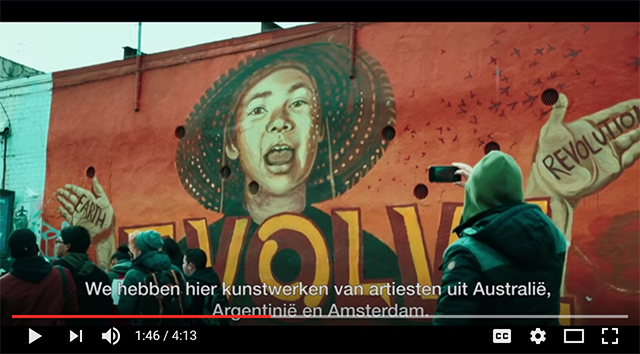
On Facebook, Lmnopi made her feelings clear:
McDonald’s just teamed up with the Gentrifying Bushwick Collective to exploit street art in Brooklyn to sell Burgers in Netherlands. This will not stand. They did not get my permission to use my work in their psuedo doc and the mural is NOT part of the Bushwick Collective. PERIOD
Similarly, Beau Stanton was unaware that his work was featured in the ad until someone sent him a link to the video. Stanton’s mural was commissioned by the building owner, and is not affiliated with The Bushwick Collective either. Continue reading “The Bushwick Collective and McDonald’s Team Up to Screw Artists”


